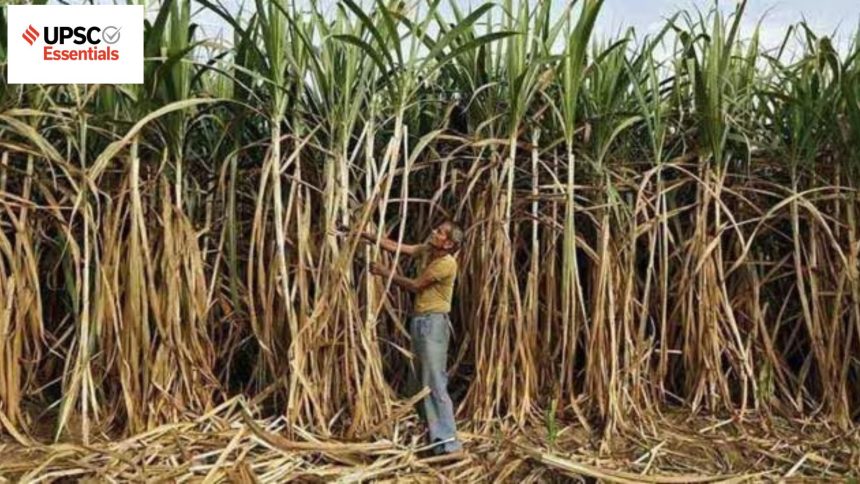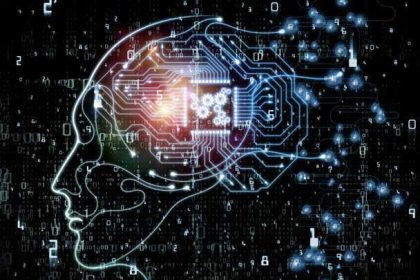UPSC Essentials brings to you its initiative of subject-wise quizzes. These quizzes are designed to help you revise some of the most important topics from the static part of the syllabus. Each day, we will cover one new subject. Attempt today’s subject quiz on Economy to check your progress. Come back tomorrow to solve the MCQs on International Relations. Don’t miss checking the answers and explanations at the end of the quiz. QUESTION 1 Consider the following statements: 1. India is the world’s largest consumer of crude oil. 2. OPEC+ produces around 80 per cent of the world’s crude oil. 3. Crude oil prices rose as a result of OPEC and OPEC+ members cutting crude oil supply. 4. India depends on imports to meet over 85 per cent of its crude oil requirement. How many of the statements given above are correct? (a) Only one (b) Only two (c) Only three (d) All four QUESTION 2 With reference to the Indo-Pacific Economic Framework for Prosperity (IPEF), consider the following statements: 1. It was launched jointly by the India and other partner countries of the Indo-Pacific region. 2. It is structured around pillars related to trade, supply chains, clean economy and fair economy. 3. It deals with market access. How many of the statements given above are correct? (a) Only one (b) Only two (c) All three (d) None QUESTION 3 With reference to report on India’s AI programme, consider the following statements: 1. It will be a kinetic enabler for India to achieve the goal of USD 1 trillion digital economy by 2026. 2. It will focus on comprehensive skills in the country. 3. It recommends creation of India data sets platform to be used by domestic startups and researchers. 4. Indian AI will support development of AI chips in partnership with the Semicon India Program. How many of the statements given above are correct? (a) Only one (b) Only two (c) Only three (d) All four QUESTION 4 Consider the following statements about Non-fungible Tokens (NFTs): 1. NFTs can have only one owner at a time. 2. NFTs cannot be traded online using cryptocurrency. 3. It works on blockchain technology and it does not give users complete ownership of a digital asset. 4. NFTs are popular way to showcase and sell your digital artwork. How many of the statements given above are correct? (a) Only one (b) Only two (c) Only three (d) All four QUESTION 5 With reference to the Fair and Remunerative Price (FRP), consider the following statements: 1. The payment of FRP across the country is governed by the Sugarcane Control order, 1966. 2. It mandates payment within 14 days. 3. If the sugar recovery is higher then the FRP will also be higher. 4. FRP is the price declared by the various state governments. How many of the statements given above are correct? (a) Only one (b) Only two (c) Only three (d) All four ANSWERS TO THE MCQs 1. (b) FYI: — According to an official statement, Puri held talks with OPEC Secretary General Haitham Al-Ghais in Abu Dhabi and called for “balancing global energy markets by ensuring that crude oil prices do not outstrip the paying ability of the consuming countries”. — India is the world’s third-largest consumer of crude oil. Hence, statement 1 is not correct. — India depends on imports to meet over 85 per cent of its requirement. Hence, statement 4 is correct. — Oil prices have been unpredictable for some time, but the overall trend has been upward during the last three months. The price increase is the result of a number of interdependent factors: (i) Production cuts by major oil-producing countries of OPEC and OPEC+. Hence, statement 3 is correct. (ii) Signs of improved macroeconomic conditions and easing of inflation in major oil consumers like the US (iii) Global oil demand touching record highs with expectations of further demand expansion. — OPEC+ is a larger group of major oil-producing nations and includes members of OPEC along with Russia and a few other producers. OPEC+ produces around 40 per cent of the world’s crude oil, with Saudi Arabia as the top producer and Russia in the second spot. Hence, statement 2 is not correct. Therefore, option (b) is the correct answer. 2. (a) FYI: — With the scheduled seven rounds of Indo-Pacific Economic Framework for Prosperity (IPEF) negotiations coming to a close this month, New Delhi remains sceptical of joining the trade pillar, citing a lack of “tangible benefits.” — IPEF was launched jointly by the US and other partner countries of the Indo-Pacific region last year in Tokyo. Hence, statement 1 is not correct. — It is structured around four key negotiating subjects or pillars relating to trade, supply chains, clean economy and fair economy (issues like tax and anti-corruption). Hence, statement 2 is correct. — Unlike traditional trade deals, IPEF does not deal with market access. Hence, statement 3 is not correct. — The trade pillar is one of the most crucial parts of IPEF that seeks commitment on sensitive areas as agriculture, digital trade and labour and could require changes in domestic regulation. — The IPEF agreement refers to avoiding restrictions on food and agriculture imports or exports. However, India has been extensively using such restrictions to arrest food prices. Therefore, option (a) is the correct answer. 3. (d) FYI: — The government unveiled a report on the country’s artificial intelligence programme, which it believes will be a kinetic enabler for India to achieve the goal of USD 1 trillion digital economy by 2026. Hence, statement 1 is correct. — This is a comprehensive, multi-year plan to make Indian AI a kinetic enabler of the trillion-dollar digital economy. — India’s AI programme will focus on comprehensive skills in the country, building computer infrastructure etc. Hence, statement 2 is correct. — The report recommends creation of India data sets platform to be used by domestic startups and researchers, building GPU (graphical processing unit)-based computer infrastructure to provide resources for development of AI engines or models to indigenous firms. Hence, statement 3 is correct. — The India AI computer platform will be a PPP project that will create significant GPU capacity for our startups and researchers to train their models. — Indian AI will also support development of AI chips in partnership with the Semicon India Program. Hence, statement 4 is correct. Therefore, option (d) is the correct answer. 4. (b) FYI: — NFTs are defined as anything which can be converted into digital forms like your drawings, photos, videos, GIFs, music, in-game items, selfies, and even a tweet that can be turned into an NFT, which can then be traded online using cryptocurrency. Hence, statement 2 is not correct. — The unique feature of NFTs is that they are backed by blockchain technology. Terra Nulius was the first NFT on Ethereum Blockchain. — NFTs are gaining massive popularity now because they are becoming an increasingly popular way to showcase and sell your digital artwork. Hence, statement 4 is correct. — NFT works on blockchain as it gives users complete ownership of a digital asset. Hence, statement 3 is not correct. — An NFT is thus created, or as crypto enthusiasts say, it is “minted”, to get exclusive ownership rights. NFTs can have only one owner at a time. Hence, statement 1 is correct. Therefore, option (b) is the correct answer. 5. (c) FYI: — FRP is the price declared by the government, which mills are legally bound to pay to farmers for the cane procured from them. The FRP has been determined on the basis of recommendations of Commission for Agricultural Costs and Prices (CACP) and announced by the Cabinet Committee on Economic Affairs (CCEA). Hence, statement 4 is not correct. — The payment of FRP across the country is governed by the Sugarcane Control order, 1966. Hence, statement 1 is correct. — It mandates payment within 14 days of the date of delivery of the cane. Hence, statement 2 is correct. — Delays in payment can attract an interest up to 15 per cent per annum, and the sugar commissioner can recover unpaid FRP as dues in revenue recovery by attaching properties of the mills. — Sugar recovery is the ratio between sugar produced versus cane crushed, expressed as a percentage. The higher the recovery, the higher is the FRP, and higher is the sugar produced. Hence, statement 3 is correct. Therefore, option (c) is the correct answer. Previous Daily Subject-Wise-Quiz Daily subject-wise quiz — Polity and Governance (Week 33) Daily Subject-wise quiz — History, Culture, and Social Issues (Week 33) Daily subject-wise quiz — Environment, Geography, Science and Technology (Week 33) Daily subject-wise quiz — Economy (Week 32) Daily subject-wise quiz – International Relations (Week 32) Subscribe to our UPSC newsletter and stay updated with the news cues from the past week.



